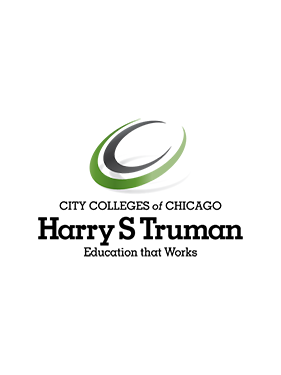What does it mean to report student outcomes by gender, race, or income level? Our college has been grappling with this question as we pursue a variety of assessment projects that involve analysis of student data.
We have found that some educators object to reporting outcomes by demographics at all. They worry that we will use race or gender to "explain" low success rates. They also question the purpose of presenting data that show predictable gaps between privileged and less privileged students. What do these reports ultimately achieve?
As researchers, we appreciate these concerns, and we are mindful of them when we analyze student data. However, we also believe that measuring and addressing gaps in student outcomes is essential work that drives our institution to improve.
The Pathways to Results process gives us a model for analyzing demographic data responsibly, and it provides language that helps us to keep the focus on institutional responsibility. In particular, our team has benefited from the distinction between "deficit-minded" thinking and "equity-minded" thinking, a concept originating from the Center for Urban Education that is integral to the PTR process. Rather than concluding, "These students do not perform as well," we have adopted the mindset that "We are not serving these students as well."
Our PTR team's data analysis of the Cosmetology program revealed that African American male students have lower success rates. In our assessment, we discovered that many of our male students are seeking to become barbers, and the curriculum did not reflect their career goals as well as it reflected those of female students. As a result of these findings, Truman will make curricular changes that integrate men's haircutting into the Cosmetology program in FY2017.
We also found that these students tend to have lower scores on the reading placement test. The focus of our PTR Year 2 implementation project is integrating our Reading Center with Cosmetology so that students receive reading and test-taking support throughout the program.
We view both of these interventions as our responsibility as a community college that serves a diverse population. At Truman, we are passionate about implementing programs and support services that allow all students to succeed, regardless of where they start, and our hope is that these interventions will bring us closer to our goal of equity.
Our demographic analysis helped us to realize that we were not giving all students an equal opportunity to succeed in Cosmetology, and we feel that examining student data in this way was essential to our process. At the same time, we appreciate the concerns raised by our critics, because they remind us that demographic data can easily lead to deficit-minded interpretations. These discussions have prompted us to be more conscious of our language, and to make sure that we emphasize the equity framework throughout any presentation that includes student demographics.
|
Dr. Cari Lynn Hennessy (pictured right) is the Director, Strategic Initiatives at Harry S Truman College. Previously, she worked as a Postdoctoral Research Associate at the Institute for Policy Research. She completed her Ph.D. in Political Science at Northwestern University in 2013. Maureen Pylman (pictured left) is the Assistant Director of Research and Planning at Harry S Truman College supporting the teaching and research efforts of faculty. She is completing a doctorate in Sociology from the University of Wisconsin – Milwaukee where her research focused on the transition to postsecondary education and educational trajectories. |
